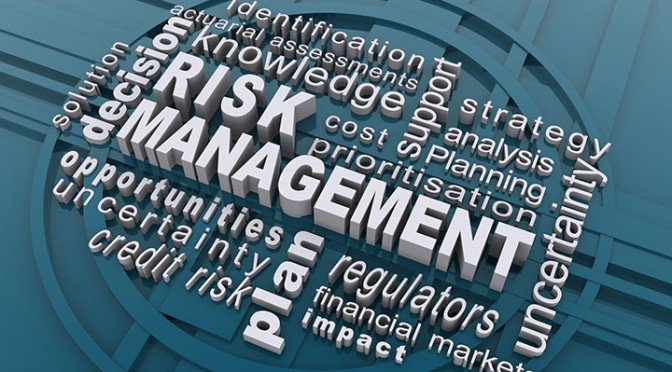Recently, the HSE released a revised edition of one of its most popular guides, Managing for Health and Safety. The guide provides leaders, owners and line managers with advice on how to institute, review and adjust their companies’ health and safety practices. In the revised edition, the HSE has provided expanded guidance on the following three sections:
- The core elements of health and safety: Regardless of size or industry, the three universal core components required to successfully manage your company’s health and safety programme include the following:
- Leadership and management that is proactive
- A well-trained and highly skilled workforce
- An environment where all people are trusted and involved
For these components to be effective, you must possess an in-depth understanding of every potential risk that your employees may encounter. This will be a perpetual procedure that must be revisited whenever existing practices are altered or new practices are introduced. Additionally, your employees should have a formal review of current health and safety practices at least annually.
- What you need to do to ensure that you are managing health and safety effectively: To effectively provide a safe working environment for your employees, your health and safety programme should include the following four processes:
- Risk profiling for each process, task and piece of equipment
- Leaders and managers must possess a thorough understanding of all the potential risks associated with their departments
- Competence displayed throughout your company, from apprentices to upper management
- Employee consultation and involvement in health and safety matters
- How to effectively institute successful health and safety arrangement: The most effective method to institute a successful health and safety programme is with the ‘Plan, Do, Check, Act’ process. Each part involves the following:
- Plan: Determine the details of your policy and thoroughly plan its implementation.
- Do: Outline each potential risk, organise the components of the programme and implement it.
- Check: Measure performance. This involves monitoring the results of processes before implementation and investigating results after implementation.
- Act: Review the programme’s performance and make adjustments based upon what you learned.
By following the guidance outlined in Managing for Health and Safety, you can develop an effective health and safety programme that is agile and able to adapt to new challenges. Remember that risk management is not a one-time action but a perpetual process that requires constant vigilance.
If you would like to read the guide in its entirety, you can view the online version at http://www.hse.gov.uk/pubns/books/hsg65.htm








